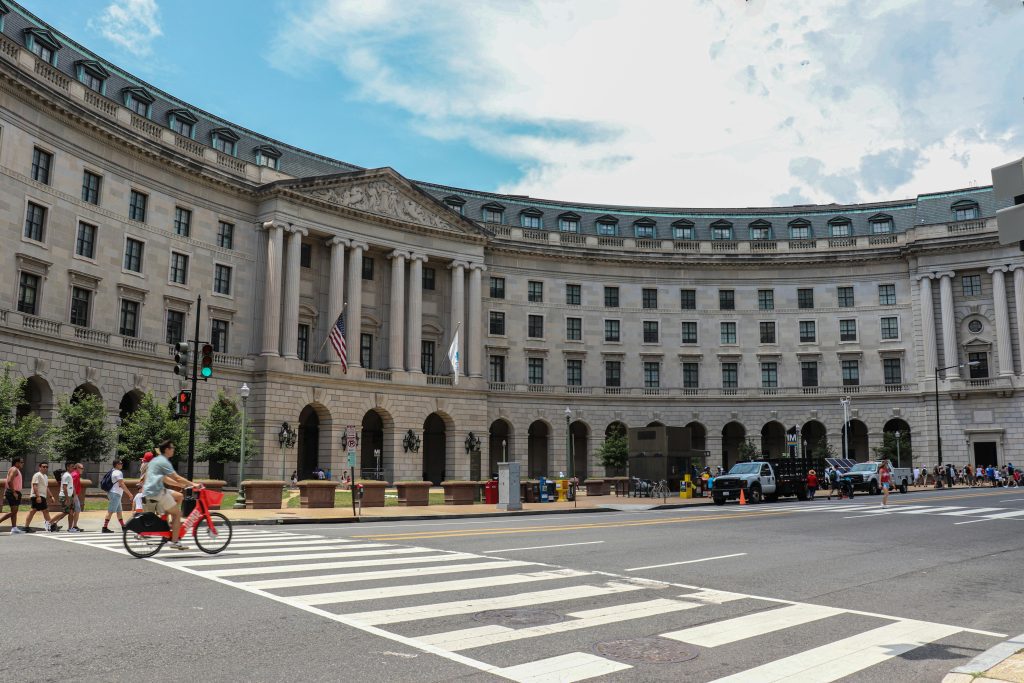Southeast Endangered Species Get Less Funding Compared to Other Regions
Although the Southeast is one of the most aquatically biodiverse areas in the United States, the region receives a disproportionately low percentage of federal funding for endangered and at-risk species.
The southeastern United States is the aquatic support system for more than 66 percent of the country’s fish species, more than 90 percent of the country’s mussel species and nearly 50 percent of the world’s crayfish species, according to the National Fish and Wildlife Foundation. The region also has high rates of endangered species and species at risk of endangerment. The number of fish species considered imperiled increased by 125 percent from 1996 to 2016, according to the report.
Aquatic conservation biologist Bernie Kuhajda with the Tennessee Aquarium documented the disparity between the Southeast and other regions, according to an article in the Times Free Press. Kuhajda did this by looking through federal and state expenditures on federally listed aquatic species in the United States between fiscal years 2012 and 2016. He found that mussels outside the Southeast receive 2.1 times more funding per species and crustaceans outside the Southeast receive seven times as much per species. Fish species are subject to the biggest funding disparity with species outside the Southeast receiving 46.6 times more funding each.
According to the Times Free Press, the disproportionate funding could be related to the higher ratio of private lands to federal lands in the Southeast compared to other regions. It is easier for the government to enact conservation efforts on federal land, whereas private lands require the cooperation of the individual property owners.
The Southeast also historically has not prioritized using taxes to pay for conservation efforts as much as western regions. —By Sam Kepple
Related Articles
Latest News

Leave a comment
Your email address will not be published. Required fields are marked *




